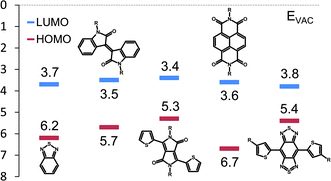US scientists have made an efficient catalytic system to split water that uses molybdenum carbide nanoparticles on a carbon nanotube support. Molybdenum and carbon are both low cost and abundant elements.
Water splitting using sustainable energy sources, such as solar and wind power, has been identified as a promising technology, with the hydrogen produced being a clean fuel of the future.
The current catalysts for water splitting include platinum. However, this is expensive and global supply is low. The system also has the advantage of straightforward catalyst preparation.
Read the full details of this promising development:
Highly active and durable nanostructured molybdenum carbide electrocatalysts for hydrogen production
W.-F. Chen, C.-H. Wang, K. Sasaki,* N. Marinkovic, W. Xu,
J. T. Muckerman, Y. Zhu and R. R. Adzic
DOI: 10.1039/C2EE23891H














